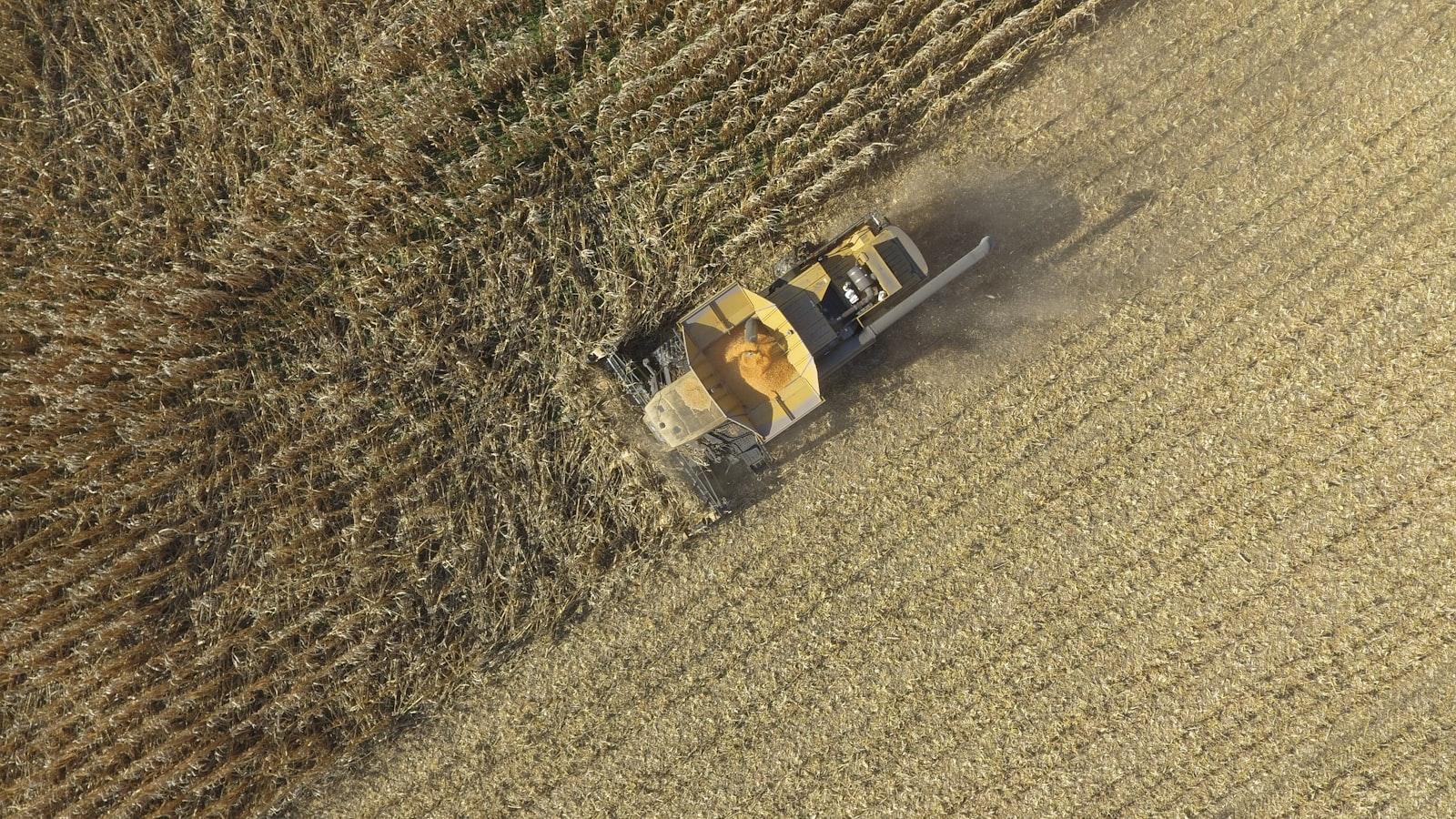The bursting scream of color as an heirloom tomato opens its rich face to the world, or the quiet rustle of an ancient grain ripening in the wind; the delicate dance of diverse elements in the biosphere is a symphony of life. Such is the charm of Heirloom Harvest, a testament to the hushed, secret narratives that have been tucked into the heart of our ecosystems for generations. From old-world vineyards, farms hived in distant valleys, to tiny gardens nestled on city balconies – the quiet revolution of organic seeds swirls like a cyclone of color, flavor, and resilience in our midst. Stand with us on this precipice of discovery and sustainability as we delve into the world of seed preservation, biodiversity, and the essential role organic seeds play in preserving Mother Earth’s genetic treasures in perpetuity. Welcome to an exploration of the precious connections between the food on our plates, the farmers who cultivate them, and the vital necessity of biodiversity in our ecosystem. In the midst of our modern, industrialized agricultural system, heirloom seeds stand as a testament to the importance of biodiversity and sustainable farming practices. These organic seeds, handed down through generations and carefully preserved, boast a level of diversity unmatched in today’s commercial crops. Each variety blooms with a genetic makeup honed by thousands of years of natural selection, bringing with it unique colors, flavors, and resilience against pests and diseases. By choosing to grow heirloom crops, you’re not only choosing to invest in the health of your soil and your meals; you’re also taking part in the vital conservation of diverse plant species.
When it comes to preserving these natural treasures, the process is not as complex as you might think. The first step involves gathering impeccable seeds. Always select the healthiest plants to take your seeds from; robust growth and high yields are the traits to look for. The magic of seed saving lies in its simplicity:
- Pick or remove the seed from the matured pod or fruit
- Dry the seeds thoroughly in a secure location, away from direct sunlight
Once they’re dry, store them in a cool, dry space. A home refrigerator is an excellent place, but ensure they’re properly insulated to protect against humidity.
Another invaluable method for ensuring the continual propagation of heirloom varieties includes organic cultivation. Heirloom plants often need different care compared to hybrid varieties. For example, they may require longer to ripen or might be more susceptible to specific pests. However, the rewards far outweigh these minor challenges, offering a chance to taste history through the fruits of your labor, quite literally!
In the garden, diversity is not only beautiful but essential. Much like how a varied diet benefits our health, a diverse garden provides a vast array of nutrients to the soil and promotes a healthier ecosystem overall. By embracing heirloom seeds and their rich traditions, we are taking an accessible and rewarding step towards securing food security, improving nutritional content, and supporting resilient agricultural systems. As we close the leaf on this earthly almanac about Heirloom Harvest, we can almost breathe in the crisp, fragrance-infused air of biodiversity preserved through organic seeds, taste the nourishing Mother Nature’s bounty from sustainable farming, and visualize a green quilt of thriving veggie patches and blooming gardens undulating under azure skies. Remember, we all are custodians of our planet’s biodiversity. By choosing heirloom seeds and organic cultivation, you are not just embracing a healthier present; you’re sowing the seeds for a thriving, verdant and sustainable future. So, as the sun sets on this dialogue, let planet care be our shared mantra, and may every seed you plant echo the anthem of preservation and biodiversity.

















